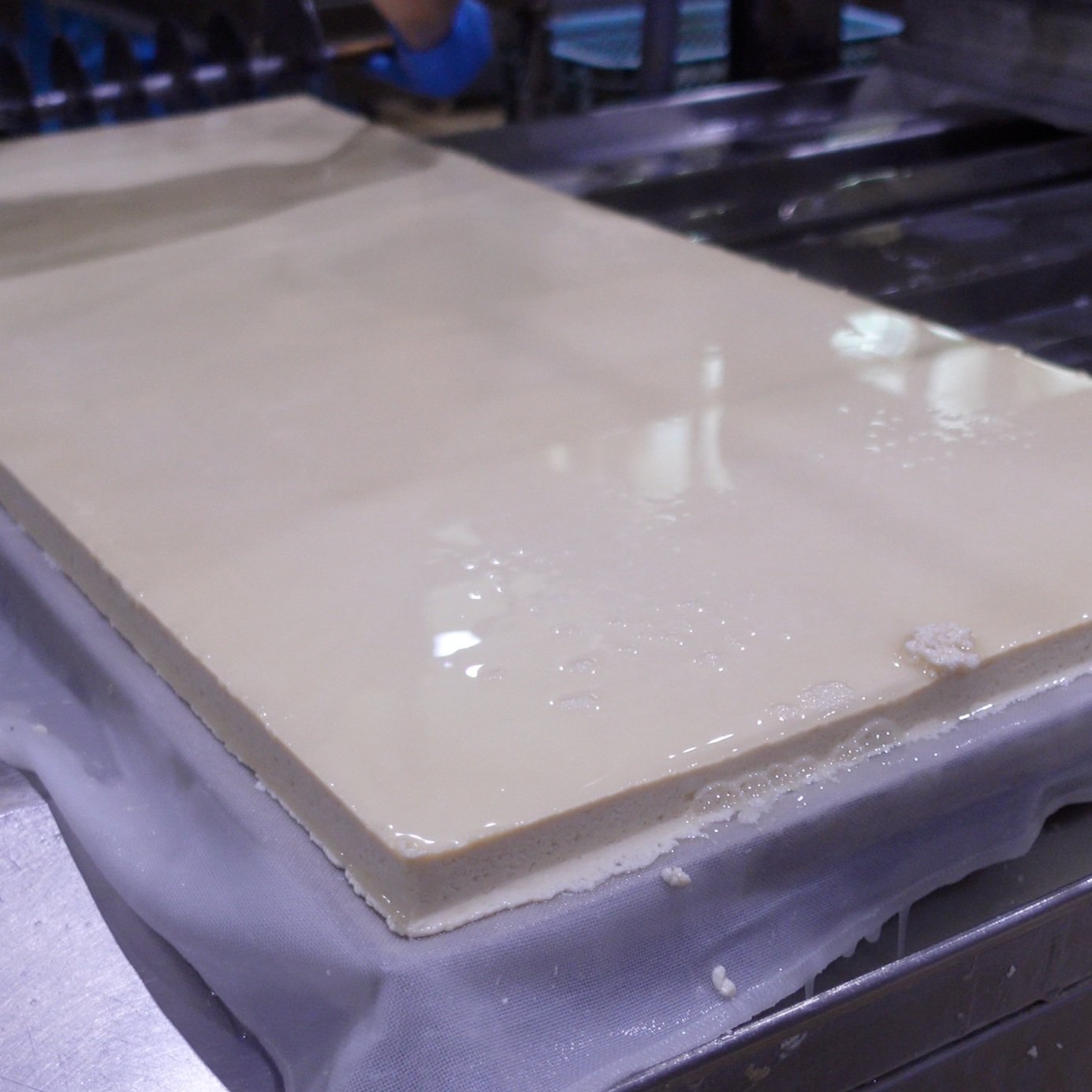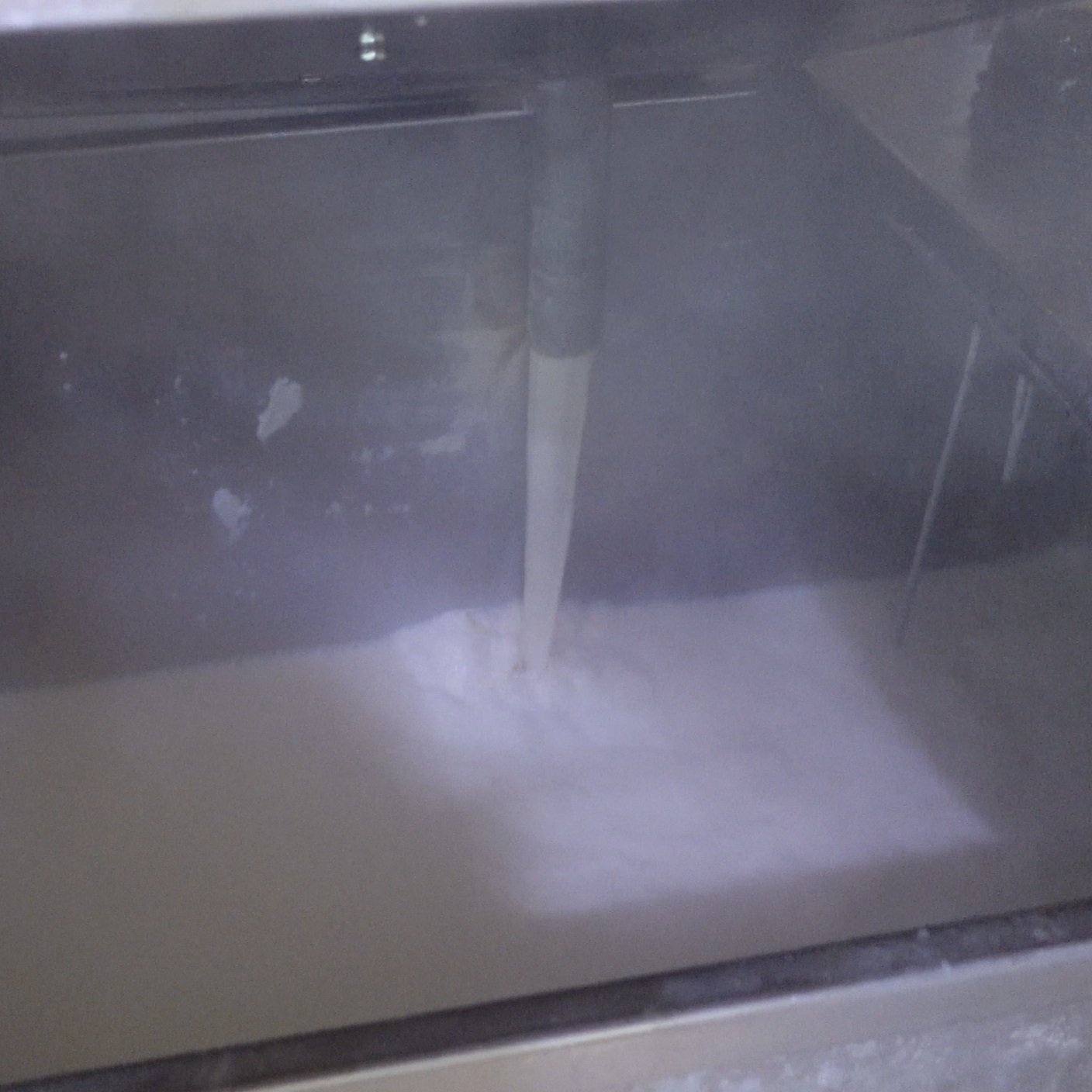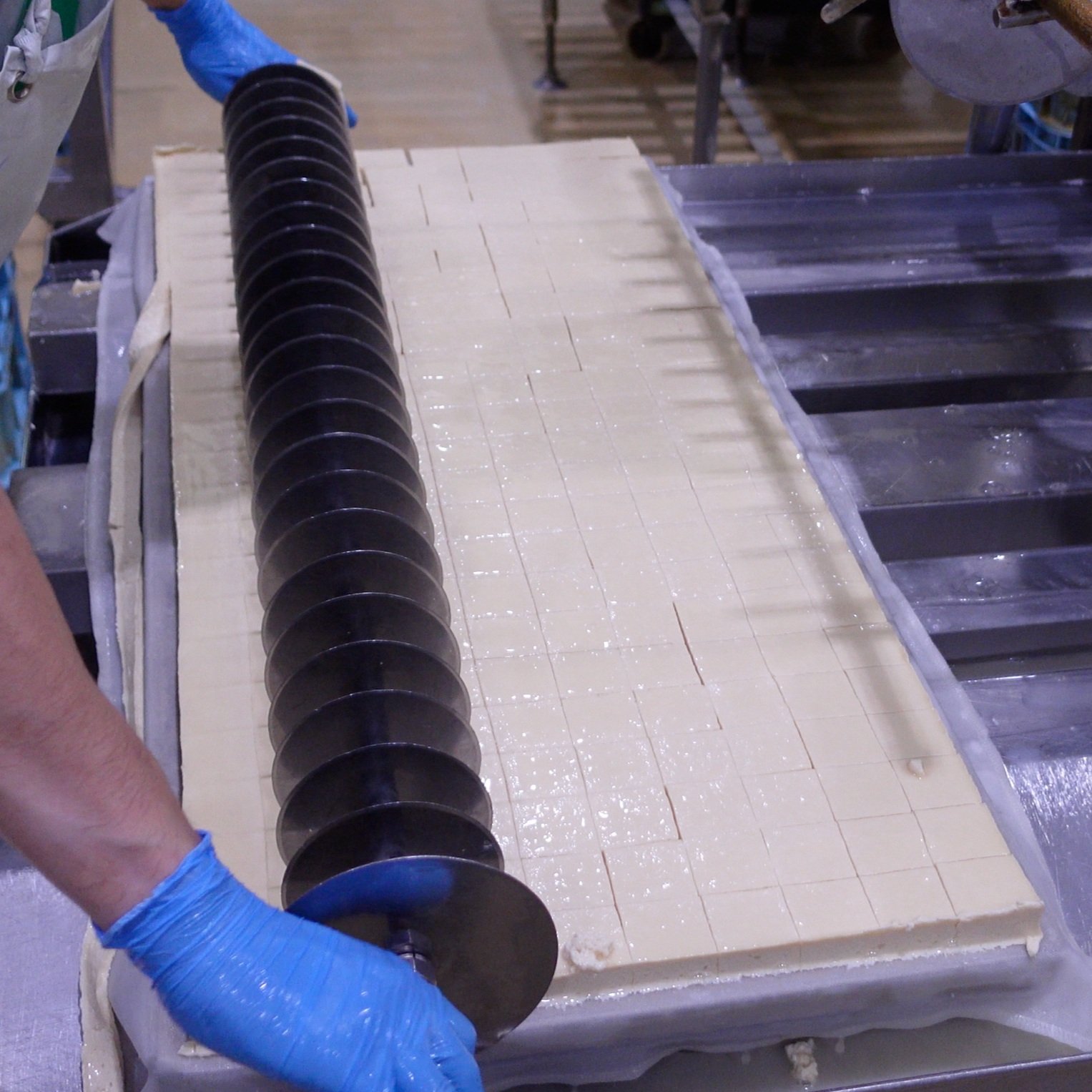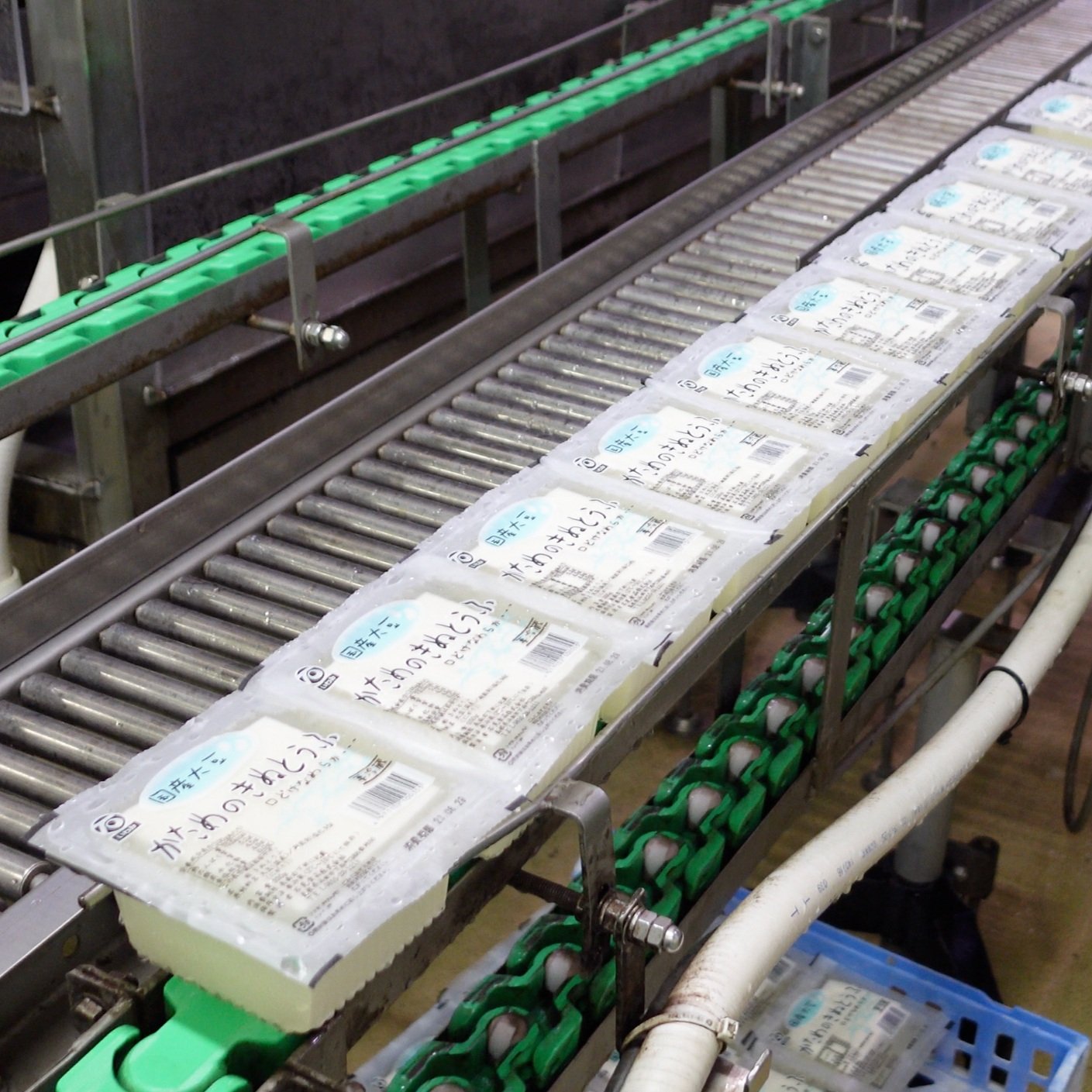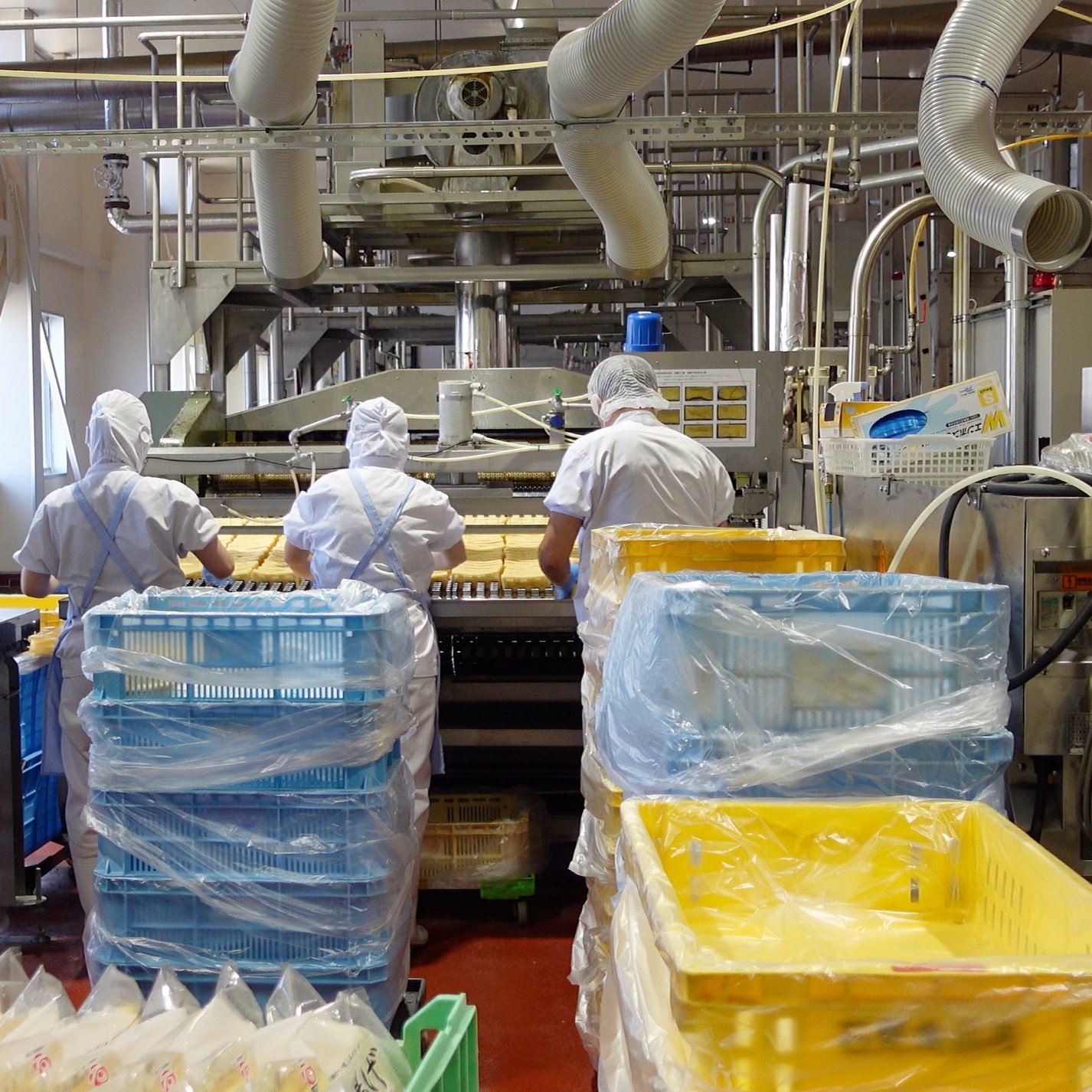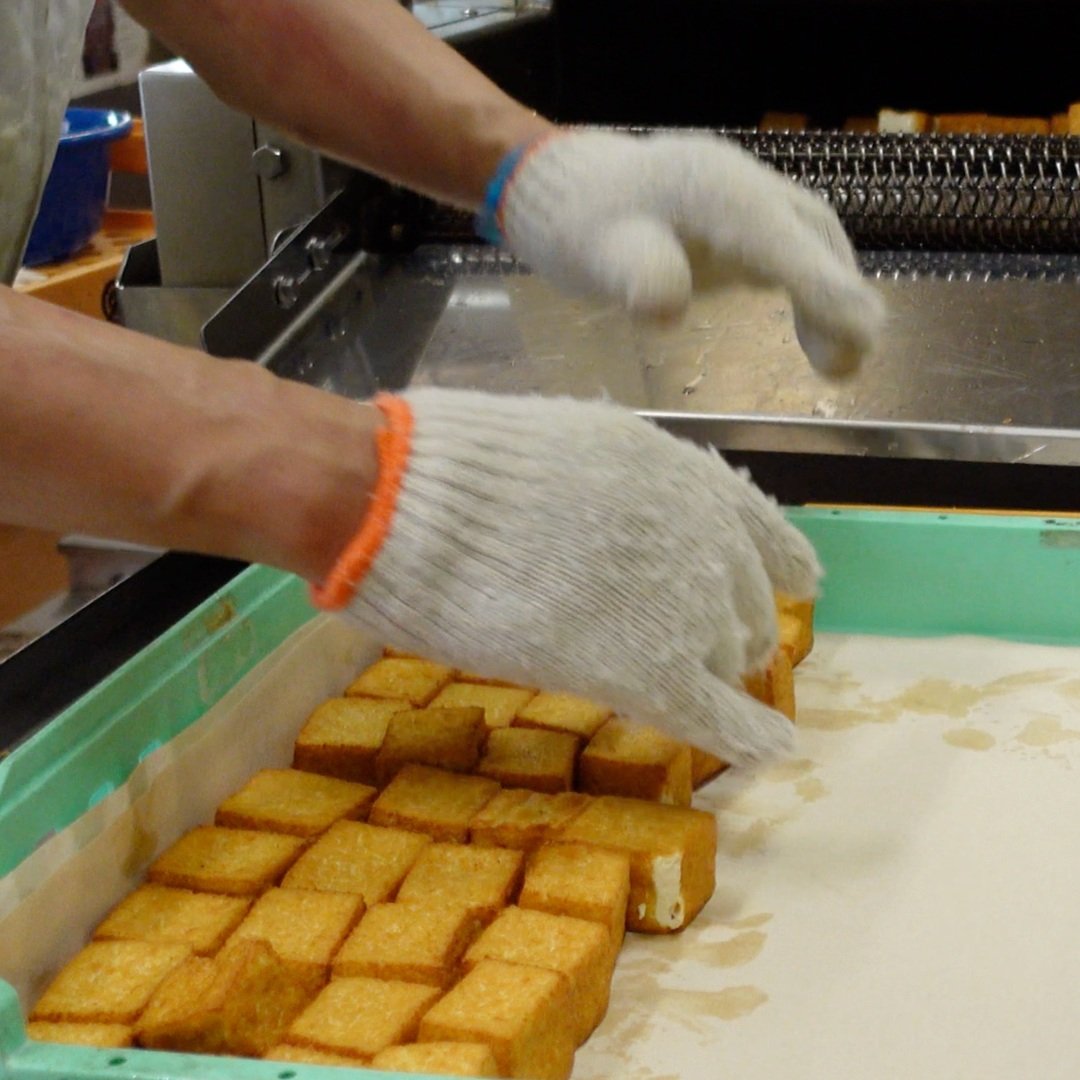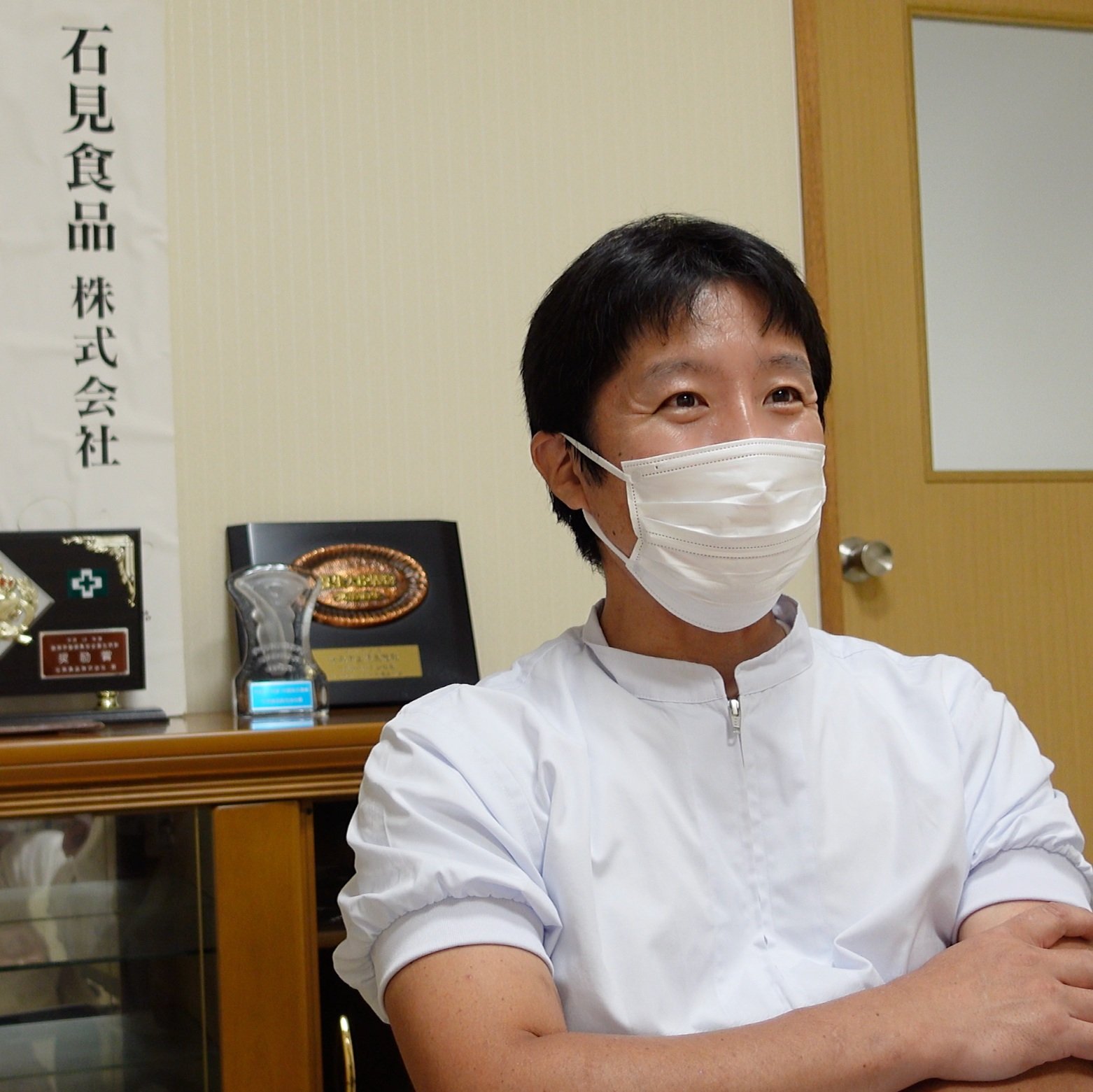The Tofu Guide
When you think of healthy foods in Japan, what comes to mind?
Tofu, which has become readily available in local supermarkets even in the States. This versatile food with a simple and plain taste can be easily customized, and it's a staple in my household, with 1-2 packs always in the fridge.
I had an opportunity to visit Iwami Foods, a company that has secured the largest factory in Shimane prefecture and has been making tofu for over 60 years, using carefully selected soybeans and high-quality spring water from the Chugoku mountain range.
Here, I am sharing the stories behind the tofu making process as well as its history in Japan.
The History of Tofu:
Tofu is said to have originated in China. There's even a theory that it was created more than 2,000 years ago by the grandson of China's first emperor. It is also said that tofu was introduced to Japan during the Nara period when Japanese envoys traveled back and forth between Japan and China. Tofu was brought along with Buddhism and was used as an ingredient in temples. By the Edo period, there were books introducing tofu recipes, and it gradually became a widely used traditional food in Japan, closely associated with daily eating habits.
Types of Tofu:
The basic ingredients of tofu are soybeans, Nigari - coagulant, and water. And there are two main types of tofu: Momen tofu and Kinu tofu.
Momen Tofu (Firm): Made by pressing the tofu in a box lined with cloth while draining water. It has a firm texture, making it suitable for various cooking methods like grilling, boiling, and frying.
Kinu Tofu (Silken): This type retains more moisture, resulting in a smoother and softer tofu. It allows you to fully savor the texture of the tofu itself.
In addition to these types, there are tofu-derived ingredients like Aburaage (fried tofu pouch) and Atsuage (thick fried tofu). Aburaage is made by using a thinner soy milk and frying while incorporating air to create a finely textured product. Atsuage is created by frying tofu that has had its water thoroughly removed at high temperatures, preserving the tofu's inner texture.
Other tofu products include Yaki-dofu, made by grilling tofu on a hot plate, and Zaru-tofu, made by letting the tofu drain in a strainer after adding coagulant. Yuba, another popular soybean product, is made by heating soy milk and lifting the skin that forms on the surface.
Various tofu dishes such as Ganmodoki (tofu fritters with vegetables) and Agedashi-tofu (deep-fried tofu with a savory sauce) are also enjoyed as tofu-based cuisine.
How Tofu is Made:
The process of making tofu begins with soaking raw soybeans in water, a step that takes time. The soybeans expand to two to three times their original size after soaking overnight. They are then crushed and heated. Afterward, they are passed through a press, separating soy milk from soybean curd called Okara. Nigari, coagulant is added to the soy milk, and after it solidifies and matures, it is placed in molds and pressed, resulting in tofu. The manufacturing process typically takes about two hours.
How to Store Tofu:
The recommended way to store tofu is to wrap it in plastic wrap, seal it in a container like a Tupperware, and place it in the refrigerator. While changing the water regularly can extend its shelf life to some extent, tofu's flavor will gradually become diluted as its components leach into the water. This recommended method preserves both freshness and flavor, as it prevents the tofu from being exposed to air.
Lastly:
Tofu is not only a versatile and healthy food but also a rich cultural and historical treasure. Whether you savor firm tofu or any other soy bean products, incorporating this nutritious ingredients into your diet is such a great choice.
As I grew up eating Iwami Foods’ tofu in Shimane, it was a pleasure visiting the factory and leaning about their passion for tofu.
They are open to public visitors with reservation. I guarantee that you will learn a lot from seeing how they work hard to make the delicious food for your daily table.
Here is a recipe using Aburaage, fried Tofu pouch:
interviewed Mr. Ishida, the president


